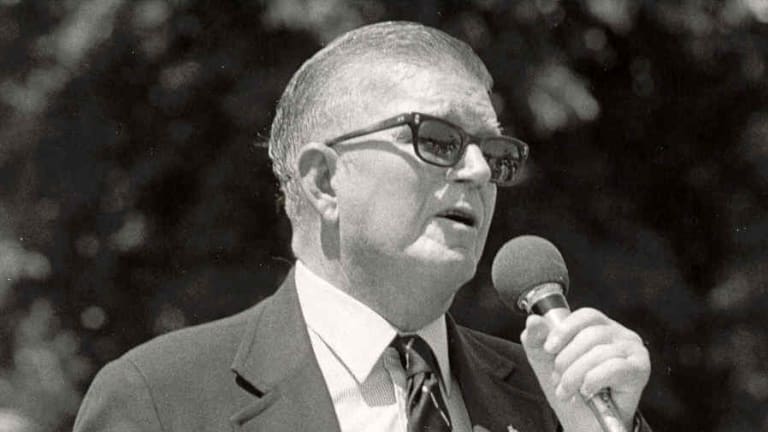It’s been more than 35 years since Ronald Reagan stated, during his first inaugural address, “Those who say that we’re in a time when there are no heroes, they just don’t know where to look.” We discovered heroes in every state, starting with the determined 69-year-old who won a match at an ITF Pro Circuit event earlier this year in the Alabama town of Pelham, and culminating with the coach who has overcome multiple sclerosis to build a winning program at the University of Wyoming. Their compelling stories of courage, perseverance and achievement demonstrate that the message delivered by our 40th President rings as true today as it did then.
There are a few things that everyone seems to agree on when remembering tennis visionary William Ewing “Slew” Hester, Jr.: He loved his cigars, he ignored his critics and he got things done.
Tennis fans have Hester’s forward-thinking mindset to thank for making the U.S. Open the two-week sporting spectacle it is today. Soon after his election as USTA president in 1977, the successful oilman from the small town of Hazlehurst, MS, spotted the remnants of the 1964 World’s Fair from the air on a flight into New York’s LaGuardia Airport.
The sprawling 200-acre piece of land was covered in snow at the time, but Hester could clearly see the only detail that mattered: Louis Armstrong Stadium. The centerpiece of his mental blueprint, the little-used venue and the surrounding grounds in Flushing Meadows were 10 times the size of the longtime site of the U.S. Open at West Side Tennis Club in nearby Forest Hills. The event had long suffered overcrowding issues, and Hester saw Armstrong Stadium as the solution.

